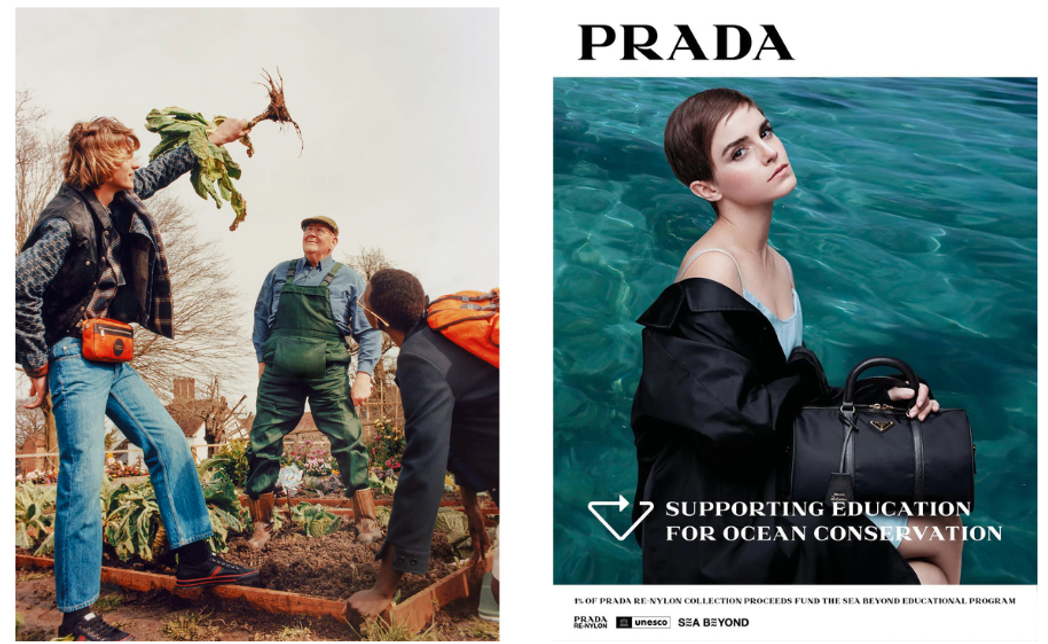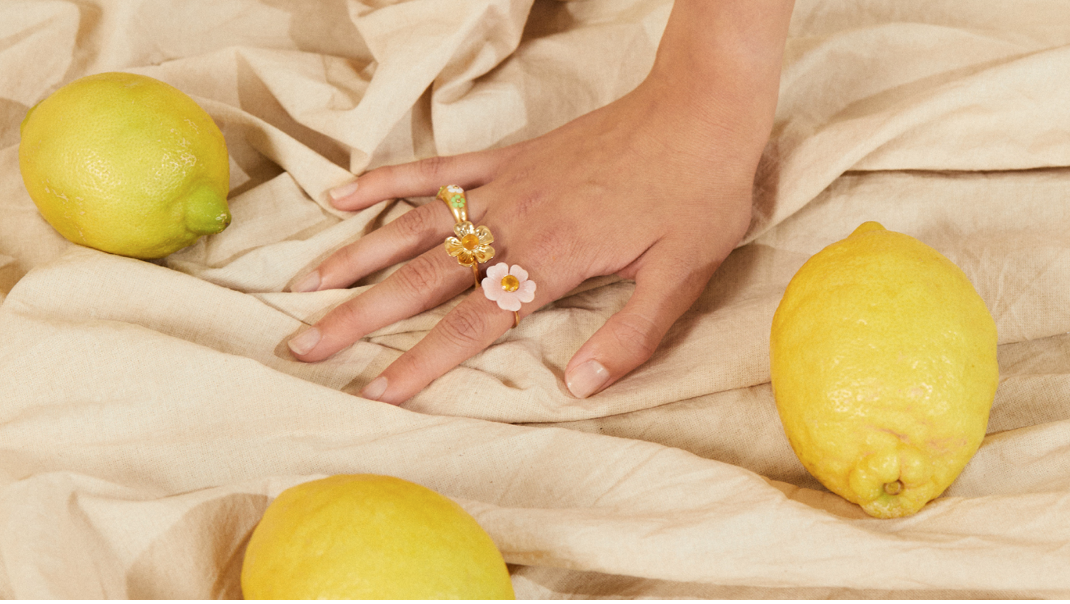
How can luxury brands transform the category into a force that has environmental and social impact?
Luxury consumers are gearing up to disrupt the industry by putting social and environmental values front of mind. More than ever before, they are demanding that brands show ethics, transparency and a genuine commitment to sustainability – and move beyond greenwashing mission statements.
Already, three-quarters (75%) of Generation Z say that sustainability is more important to them than brand name when making a purchasing decisions. ‘Values are the new prestige, the new status symbol,’ says Esther Oberbeck, senior vice president of group strategy development at De Beers.
This presents luxury brands with the challenge of integrating sustainability into their businesses and ensuring that it drives consumer desire. In this edition, we explore how they are using innovation, leadership and collaboration to bring about change.
Ethical credentials are being reframed as the ultimate luxury, with companies coming together to provide solutions to industry-wide issues.
: From awareness to action: Education is crucial for sustainability, and brands are enhancing knowledge and skills across the industry. LVMH will be taking 200,000 members of staff to La Vallée de la Millière nature reserve (one hour outside of Paris) where they will learn about biodiversity and other sustainability fundamentals.
: Collaborating for the climate: More luxury brands now acknowledge that ethical action means collaborating instead of competing. LVMH and Chanel have announced a strategic alliance to accelerate sustainable development in the luxury sector. This industry-first move demonstrates that partnerships will be key to addressing the industry’s environmental challenges. It was unveiled as part of LVMH’s environmental performance roadmap Life 360, and discussed further during a recent Christian Dior Couture event.
Climate collaboration is transpiring in the world of luxury cosmetics too. In January 2024, cosmetics makers including Dior, Chanel and Shiseido came together to form the Traceability Alliance for Sustainable Cosmetics, which looks at the transparency of ingredients, manufacturers and suppliers in the industry.
: Circular sourcing: In 2023, Gucci, backed by Kering, created a Circular Hub in Tuscany, Italy. The hub will help the development of luxury products that maximise the use of recycled materials and are durable, repairable and recyclable. It will also encompass the whole production cycle, from raw materials and design through to production and logistics.
Continue the conversation: Discuss what role your clients think Dior should take in creating a more sustainable future. What ethical credentials are most important to them?
 Image: Off the Grid by Gucci in collaboration with Highsnobiety, UK; Emma Watson in the Prada Re-nylon Collection campaign by Willy Vanderperre, Italy
Image: Off the Grid by Gucci in collaboration with Highsnobiety, UK; Emma Watson in the Prada Re-nylon Collection campaign by Willy Vanderperre, Italy
Luxury brands are weaving sustainability into their offerings through material innovation and are emphasising the role that new processes and products will play.
: New material ecosystems: Brands and consumers are exploring materials that support natural environments. The North Face and Mara Hoffman are sourcing Climate Positive Wool from sheep which are raised sustainably in the US and certified by Fibershed.
: Natural narratives: Upcycled and innovative textiles are finding a home in luxury collections. For its spring/summer 2024 menswear collection, Fendi joined with Japanese architect Kengo Kuma to create its famed accessories, including the iconic Baguette bag, in waranshi – a mix of cotton and tree bark traditionally used in origami and lantern making.
The collaboration between Dior and Parley for the Oceans demonstrates how design can breathe fresh life into typically discarded materials. Parley AIR (Avoid, Intercept, Redesign) is composed of 96% recycled materials, including marine plastic debris and fishing gear recovered from coastlines and remote islands around the world.
: Bio futures: In 2023, BioFluff secured £1.9m ($2.4m, €2.2m) in investment to help bring its plant-based fabrics to the luxury sector. In its first collaboration, the brand cast Ganni’s classic Bou bag in the world’s first plant-based fur. The material contains zero plastics or petrochemicals, and instead its fibres are extracted from plants and agricultural waste. Similarly, LVMH’s Life 360 programme creates new materials, practices and technologies for sustainable luxury.
Continue the conversation: Explore your clients’ views on sustainable material innovation. Would they buy a luxury product made from an alternative material?
 Image:Finematter, UK
Image:Finematter, UK
The next generation of consumers are creating new standards for coveted items by taking an interest in responsibility and regeneration.
: Cultural upcycling: Designers are increasingly turning to locally-sourced materials that blend sustainability with cultural appreciation. Tapping into this mindset, emerging Indian brand Tangerine features star anise, cardamon pods and cloves in its pieces, emphasising how bio ingredients can pave a path to more ethical material sourcing.
: Lab-grown standards: Laboratory-grown diamonds are soaring in popularity. In 2020, they made up 11.6% of the diamond industry – today they account for a remarkable 50%.
Another positive development is a commitment to ensuring that these diamonds are produced with minimum impact on the environment. Brilliant Earth’s Sustainability Rated Diamond Collection provides certificates showing the environmental credentials of the lab-grown diamonds it sells.
: Source-to-store: Traceability is also key, and designers are embracing new technologies to demonstrate ethical sourcing. Louis Vuitton’s LV Diamonds have ‘mine-to-finger’ traceability and the Louis Vuitton Diamond Certificate now makes it possible to verify the traceability and responsible sourcing of diamonds. This is the Maison’s first fully digital blockchain certification system and underlines its commitment to ethical sourcing and production.
Elsewhere, Prada’s Eternal Gold jewellery collection is made with 100% recycled gold and comes with scannable authentication cards to give clients access to the source-to-store journey of each piece.
Continue the conversation: Have your clients considered lab-grown diamonds or sustainable jewellery? Discuss their perceptions of these compared with traditional luxury items.
Trends intelligence, research, and insights – on demand. Actionable foresight across 20+ sectors.
Book a demo to view the platform.